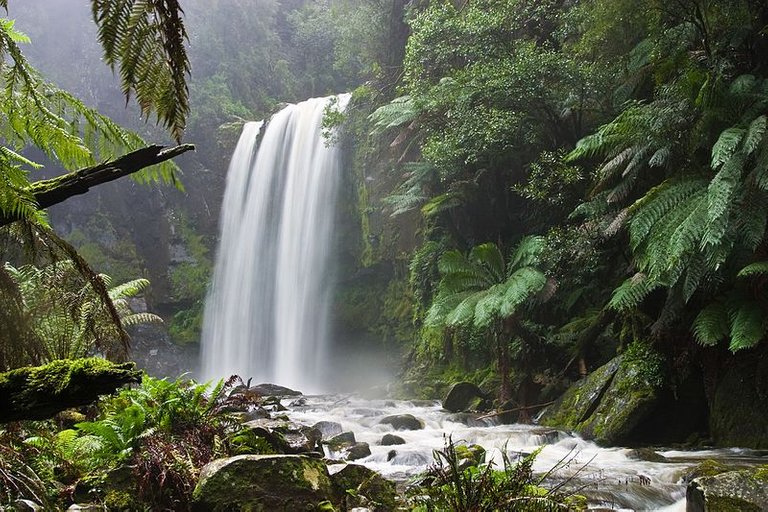 )
)
Loch Lomond, Scotland, forms a relatively isolated ecosystem. The fish community of this lake has not changed for a long time.
The lush Aravalli mountain range in the desert of Rajasthan, India. A wonder how this vegetation can exist in hot Rajasthan, a place known for its Thar desert.
An aerial view of a human ecosystem. In the photo you can see the city of Chicago.
Ecosystems consist of a variant of abiotic and biotic compounds that interact with each other. The structure and composition are suitable for the various factors of the environment. The variations of impacts are changes in the dynamics of ecosystems. Some of the key ingredients are: soil, atmosphere, solar radiation, water and living organisms.
At the heart of the ecosystem concept is the idea that living organisms interact with all other elements of their local environment. Eugene Odum, founder of ecology, said: "Any entity that includes all organisms (ie the 'community') in a particular area that interacts with the physical environment so that an energy flow leads to a well-defined trophic structure and biotic diversity Material cycles (mass transfer between living and non-living parts) in the system form an ecosystem ". In the ecosystem, the species are interconnected and interdependent. others in the food chain and exchange energy and matter between them and their environment. The concept of the human ecosystem is based on the deconstruction of the human-nature dichotomy and the premise that all species are ecologically integrated. among themselves as well as with the abiotic components of their biotope.
A smaller unit is called microsystem. For example, a microsystem can be a rock and all life underneath. A macro-ecosystem could encompass an entire ecoregion with its catchment area..